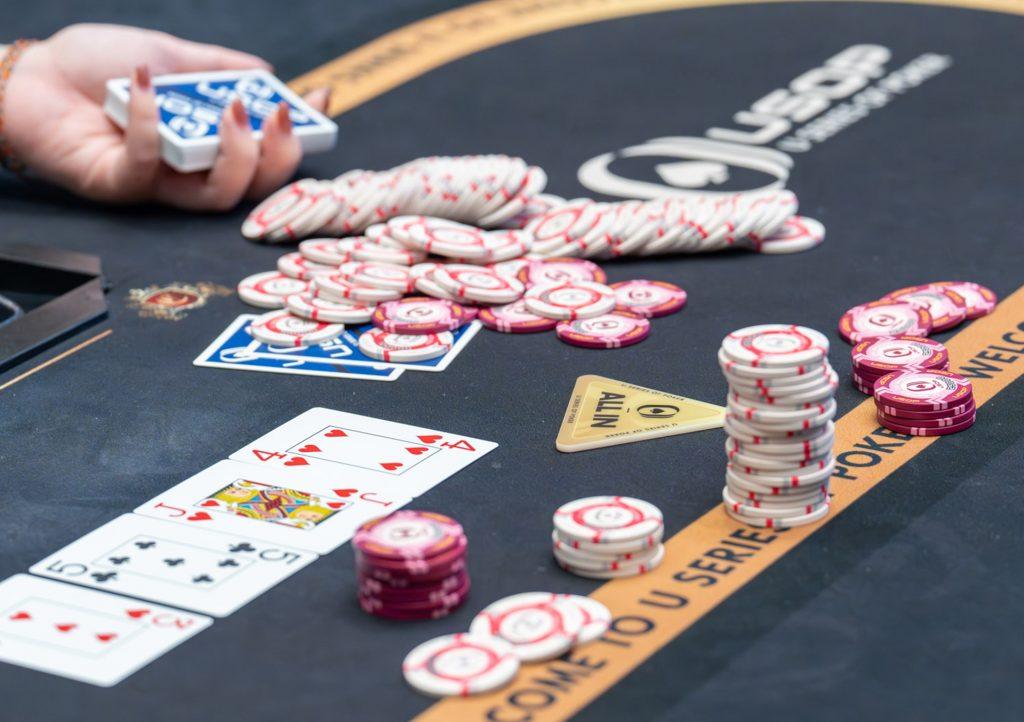5 Costly Final Table Mistakes

Getting to the final table at a USOP event is a great accomplishment, but the real test begins there. To walk away with the trophy and the prize pool together, you need to avoid the costly mistakes that most players make when the stakes are at their highest.
1. Fear-Based Tight Play
One of the most common errors is playing too tight out of fear. Many players enter survival mode, hoping opponents burst first so they can climb the pay ladder. But this overly cautious approach allows aggressive opponents to steal blinds uncontested, while your stack slowly bleeds away. Strategic aggression is key — not recklessness, but well-timed pressure.

2. Overvaluing Marginal Hands
Another trap is overplaying medium-strength hands, like top pair with a weak kicker or small pocket pairs. At this level, opponents are sharper, and holding on to marginal hands can lead to massive chip losses. You must reassess your hand strength relative to position, stack sizes, and your opponent’s tendencies.
3. Ignoring Stack Dynamics
A critical but often overlooked factor is misjudging stack dynamics. Final tables are a dance of power and leverage — big stacks should apply pressure, mid-stacks should pick safe spots, and short stacks need to find optimal shove opportunities. Failing to adjust your playstyle based on your chip count versus others can result in poorly timed aggression or missed value.

4. Neglecting ICM Pressure
Equally dangerous is ignoring ICM (Independent Chip Model) pressure. Some players treat the final table like a cash game, pushing thin edges that might win chips but cost real-money equity. For example, calling an all-in with A-J against a similar stack while two short stacks remain can cost you a massive pay jump if you bust early. Recognising when to fold even good hands — simply to climb the ladder — is a skill that separates champions from amateurs.
5. Failing to Adapt
Many players fall short by failing to adapt to their opponents. The final table isn’t static — it’s dynamic, with players adjusting constantly. If you keep playing like it’s Day 1, you’re easy to read and easier to exploit. The best players study their table: they spot who’s playing scared, who’s bluffing too much, and who’s trying to force action. They shift gears and recalibrate.

In USOP final tables, the difference between a good and a great player is the ability to adapt under pressure. Because you don’t win by waiting, instead you feel the moment, adjusting your mindset, and making the smartest move when everything’s on the line. One mistake could cost you thousands — but one perfect play could earn yourself a USOP title. May the Flop, Turn & River be with you.
